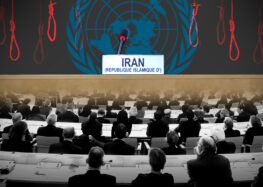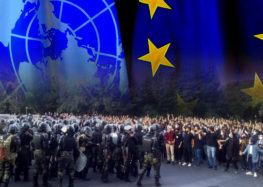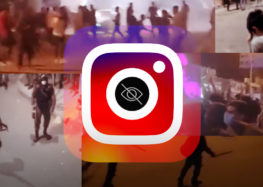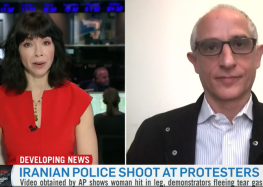Iran’s Judiciary Blocks Instagram’s Live Video Service Weeks Before May 2017 Elections

Instagram’s live video feature has been blocked in Tehran by several internet and mobile phone providers since the early afternoon of April 27, 2017, according to investigations by the Center for Human Rights in Iran (CHRI).
“The order came from the judicial authorities,” said a source close to the state-owned Telecommunication Infrastructure Company, who asked not to be identified.
Hours after CHRI’s report was published, the semi-official Iranian Labor News Agency (ILNA) confirmed the ban.
“We have advised prosecutors throughout the country to monitor the activities of media outlets in cyberspace,” said Tehran Prosecutor General Mohammad Jafar Montazeri on April 27.
“If any of these sites publish material that violates regulations on criminal activities in cyberspace, they will be dealt with by judicial authorities, and immediately if necessary,” he added.
The internet and social media apps are heavily restricted and censored in Iran, with hardliners in the government viewing any form of internet freedom as a threat to the sanctity of the Islamic Republic.
The ban was implemented a little over three weeks before Iran’s May 19 elections for president and nationwide local councils. Candidates from across the political spectrum have been using social media to reach voters.
Mostly blocked from appearing in traditional media, reformist and centrist supporters of President Hassan Rouhani, who will be seeking a second term on May 19, have been particularly active in livestreaming campaign events on Instagram and Twitter.
Unlike Facebook, Instagram has not been banned in Iran. With an estimated 30-35 million users in Iran, it is the second most widely used social media application in the country.
While another social media giant, Twitter, has not been officially unbanned, many Iranians found themselves suddenly able to access it without virtual private network (VPN) tools in late 2016.
When asked if there were plans to block Instagram’s live video service, Telecommunications Minister Mahmoud Vaezi said on February 19, 2017, “We are looking into this matter with other state agencies.”
On April 17, Iran’s conservative judiciary also blocked the newly introduced Voice Calls feature of the Telegram messaging network, which claims to have 40 million active Iranian subscribers in Iran, deeming it a threat to national security.
Telegram’s voice calls and Instagram’s live video both rely on User Datagram Protocol (UDP), used primarily for establishing connections between applications on the internet, to create direct connections allowing live broadcasts. When detected by the government’s censorship filters, live streams in the country are redirected and connections are lost.






